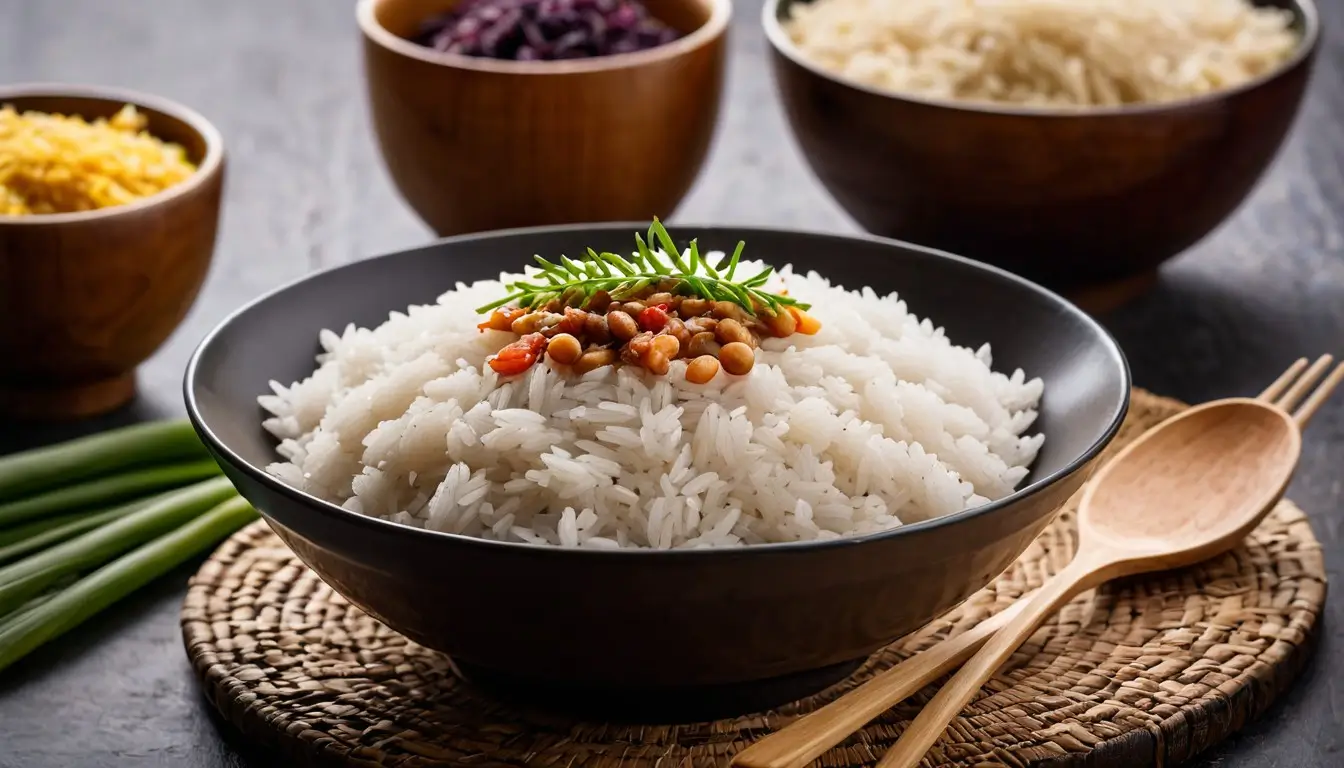A viral rice hack from TikTok has changed the way people cook this everyday staple. Perfect fluffy rice is now within everyone’s reach. The method treats rice like pasta in a large pot of salted water and removes the confusion about water-to-rice ratios that often leads to disappointing results.
This simple rice hack recipe goes beyond just making cooking easier. The method can reduce calorie content and increase resistant starch that acts as a prebiotic when you combine it with coconut oil and proper cooling. This Japanese-inspired technique will give you consistently fluffy grains without any guesswork, whether you’re a beginner or just want to improve your rice cooking skills.

Let us guide you through this game-changing rice hack completely. You’ll learn everything from choosing the right ingredients to becoming skilled at making perfectly cooked rice each time you try.
Table of Contents
Understanding the Viral Rice Hack Recipe
The viral rice hack has its roots in Japanese rice cooking, and it’s fascinating to explore why it works so well. We found that there was something special about Japanese short-grain rice (Japonica rice) that makes it perfect for this technique.
What makes this technique different
Japanese rice cooking is different from regular methods because it pays close attention to detail. The technique focuses on washing and soaking rice properly – steps that most people skip at home. The method also uses a clean kitchen towel between the pot and lid during the resting phase, which substantially improves the final texture.
Benefits of the Japanese method
Studies show that adding coconut oil in this rice hack can cut calories by up to 50%. Rice grains stay perfectly separated without sticking because the washing process removes extra starch. Rice cooked in broth this way soaks up all the rich flavors.
Essential ingredients and tools needed
You’ll need these items to get the best results:
- A heavy-bottomed pot with a tight-fitting lid
- Short-grain Japanese rice (preferably Koshihikari variety)
- Clean kitchen towel for the steaming process
- Mineral or purified water
Getting the measurements right makes this rice hack work. The Japanese golden ratio of 1:1.1 (or 1.2) for rice to water by volume works best. This means you need 10-20% more water than rice, which is quite different from regular cooking methods.
Step-by-Step Rice Hack Guide
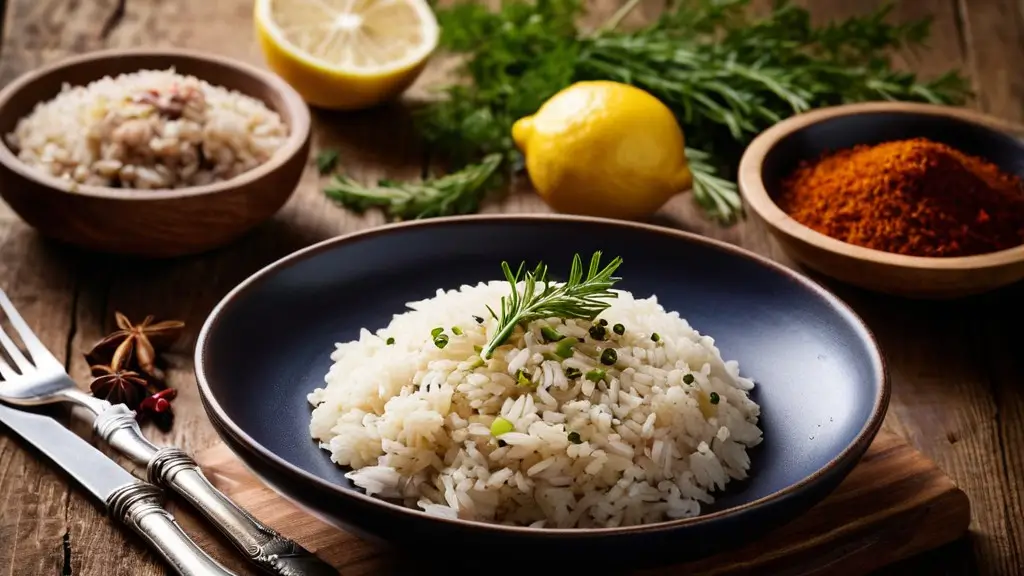
Let me explain the exact steps now that we know the science behind this rice hack. Perfect rice always starts with good preparation.
Proper rice selection and measurement
Japanese short-grain rice works best for this method. You’ll need these items:
- A heavy-bottomed pot with tight-fitting lid
- A clean kitchen cloth
- A colander or strainer
- Cold water for rinsing
Water ratio and preparation steps
The water-to-rice ratio is a vital part of the process. Japanese short-grain rice needs a 1:1.1 ratio (or 1:1.2 for softer rice). One cup of rice needs about 1.1 cups of water.
Here’s everything you need to do to prepare:
- Rinse rice under cold water until it runs clear
- Soak the rice for 20-30 minutes
- Drain in a colander completely
- Add measured water based on the ratio
Cooking time and temperature control
The three-phase cooking process makes all the difference. Start by bringing the pot to a boil over medium heat. Watch the temperature and time carefully – reduce heat to low and simmer for 12-13 minutes once it boils.
The final phase plays a big role too. Let the rice steam with the lid on for 10 minutes after cooking. In spite of that, don’t peek under the lid during cooking or steaming because this affects the cooking process.
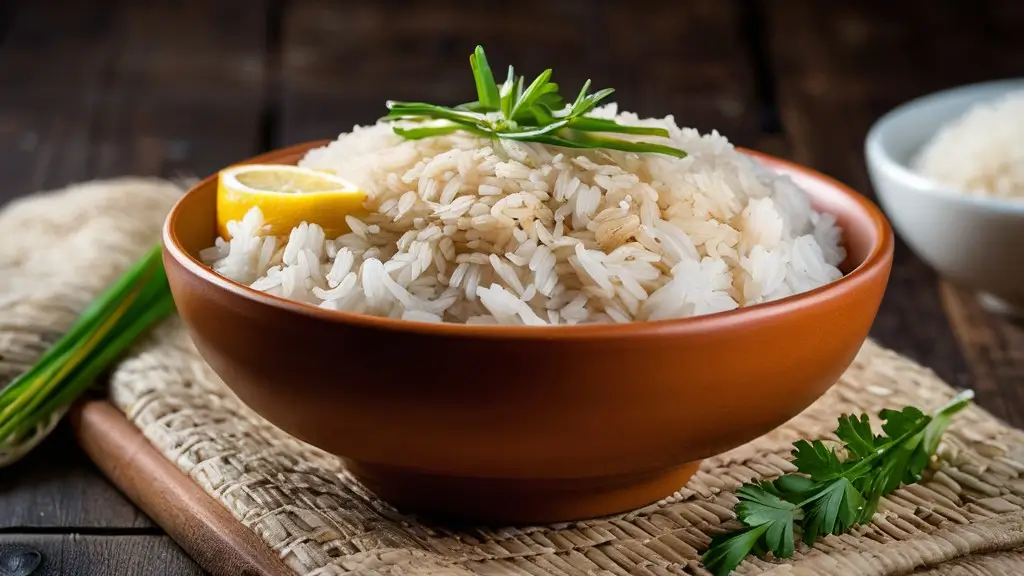
Common Mistakes to Avoid
We’ve helped many home cooks become skilled at the rice hack technique and noticed several common pitfalls that can affect your results. Here’s how to avoid these mistakes.
Wrong rice type selection
The choice of rice can make or break your results. Many cooks grab whatever rice they have, but this technique works best with short-grain Japanese rice. Long-grain varieties like jasmine or basmati are great for other dishes but don’t have enough starch content for this method.
Incorrect water temperature
Getting the water temperature right is vital for success. Here are the temperature-related mistakes we often see:
- Cooking rice on high heat, which causes water to evaporate before the rice is fully cooked
- Starting with boiling water instead of room temperature water
- Not maintaining a consistent temperature throughout cooking
Timing and lid management errors
The biggest problems often involve timing and lid management. Our experience shows that cooks struggle with these common errors:

- Opening the lid during cooking, which releases essential steam
- Not allowing the rice to rest for 10-15 minutes after cooking
- Stirring the rice while it’s cooking, which can break the grains and create a gummy texture
The pre-cooking process trips up many cooks. Skipping the rice-rinsing step leads to excess starch that makes water boil over. This step might take extra time but gives you that perfect texture you’re after.
Temperature control makes all the difference. Water should evaporate slowly – quick evaporation leaves you with undercooked or burnt rice. Keep a steady medium-low heat throughout the cooking process to get it right.
Troubleshooting Your Rice Hack Results
Even experienced cooks face challenges with this rice hack recipe. Of course, there are several economical solutions for the most common problems you might encounter.
Dealing with mushy rice
Mushy rice happens because of excess water absorption that causes the grains to split open. You can salvage slightly overcooked rice using several methods. The quickest way involves spreading the rice on a baking sheet and heating it in the oven at 350°F for about five minutes. Without doubt, severely mushy rice works better as a delicious rice pudding when you add milk, vanilla, and sugar.
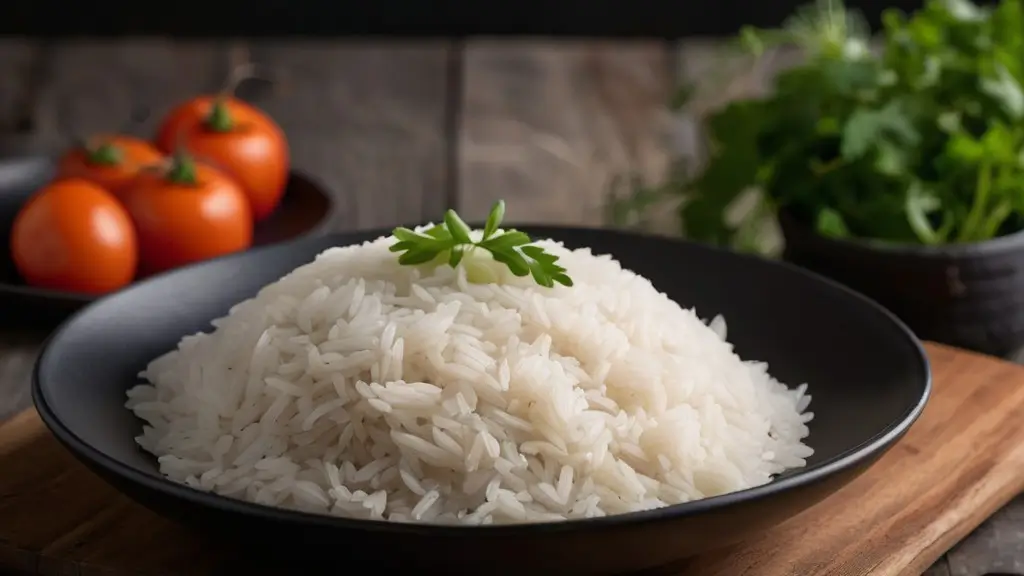
Fixing undercooked grains
Crunchy rice or rice with a chalky center needs this simple fix:
- Add approximately ¼ cup of water to your pot
- Cover and cook on low heat
- Check after 5 minutes and test the texture
- Repeat if needed until achieving desired softness
Adjusting for different stovetops
Stovetop variations can substantially affect cooking results. These adjustments work best for different heating surfaces:
- For powerful burners: Maintain heat at level 3 out of 9 during the final cooking phase
- For weaker stoves: Extend cooking time rather than increasing heat
- For electric ranges: Allow extra time for temperature adjustments
Perfect rice depends on understanding your stovetop’s characteristics. The two-step heating process (medium heat followed by low heat) prevents burning while ensuring even cooking. Steam properly finishes cooking the rice during the final minutes and creates that perfect, fluffy texture everyone wants.
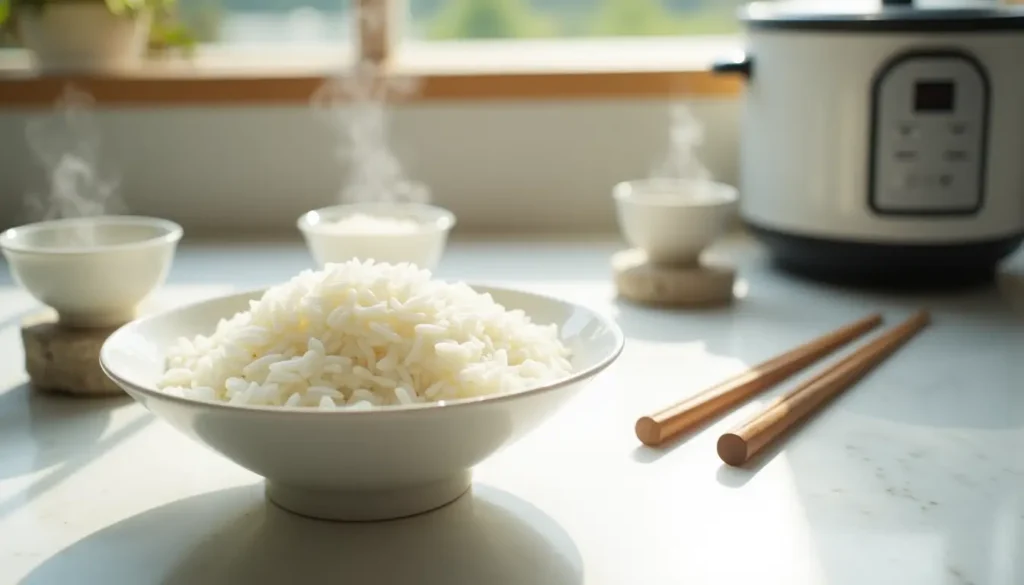
Conclusion
This Japanese rice technique makes cooking perfect rice second nature instead of a kitchen challenge. The right combination of washing, water ratios, and temperature control lets you create restaurant-quality rice at home.
The benefits go beyond better texture. Your rice will have fewer calories and more resistant starch. The technique needs practice, but the results are worth it. Home cooks everywhere have elevated their rice from average to exceptional with these steps.
This approach works beautifully with any variety of rice. The same principles apply whether you’re cooking white rice or trying different grains. You can find more recipes and nutritious food ideas at recipesnutritious.com.
Quality rice comes from simple fundamentals – the right grain choice, proper temperature, and enough rest time. These elements will change how you cook rice forever.
FAQs
Q1. What is the ideal rice-to-water ratio for Japanese rice? The recommended ratio is 1:1.1 or 1:1.2 by volume, meaning you’ll need 10-20% more water than rice. For example, one cup of rice requires about 1.1 cups of water.
Q2. Is soaking Japanese rice necessary before cooking? Yes, soaking is crucial. It helps the rice absorb water evenly, resulting in a more uniform texture when cooked. Without soaking, you may end up with unevenly cooked rice, where some grains are too firm while others are mushy.
Q3. How can I fix undercooked rice? If your rice is still crunchy or has a chalky center, add about ¼ cup of water to the pot, cover it, and cook on low heat. Check after 5 minutes and repeat if necessary until the desired softness is achieved.
Q4. What’s the best way to deal with mushy rice? For slightly overcooked rice, spread it on a baking sheet and heat in the oven at 350°F for about five minutes. If it’s severely mushy, consider transforming it into a rice pudding by adding milk, vanilla, and sugar.
Q5. How should I adjust cooking times for different stovetops? For powerful burners, maintain heat at a low level during the final cooking phase. On weaker stoves, extend the cooking time rather than increasing heat. For electric ranges, allow extra time for temperature adjustments. Experiment to understand your stovetop’s characteristics for best results.

